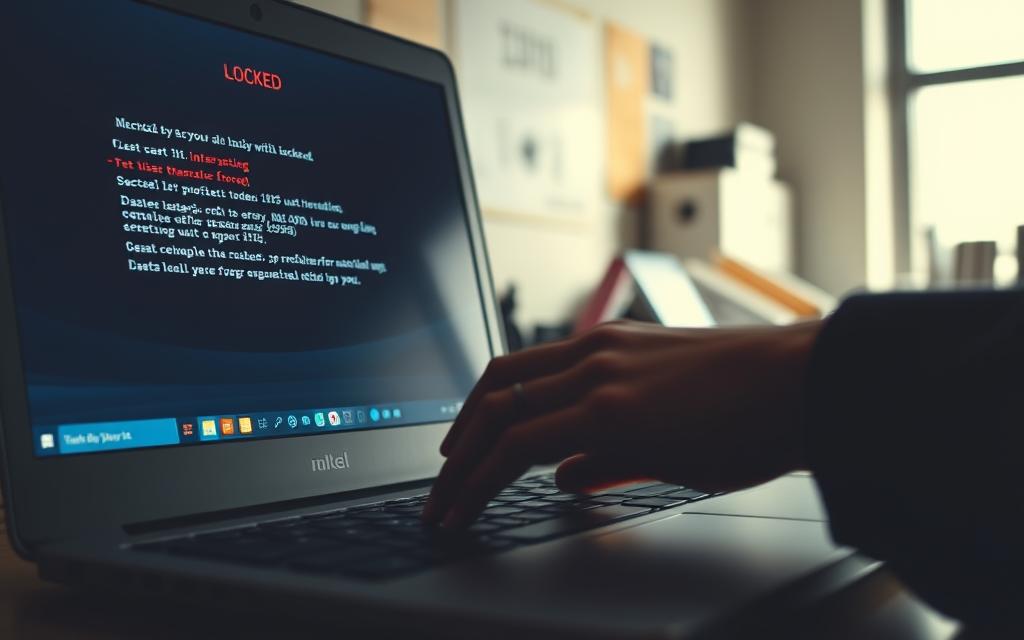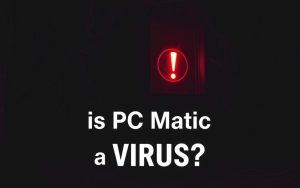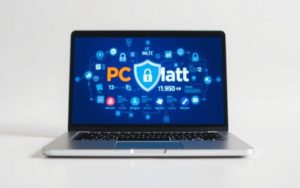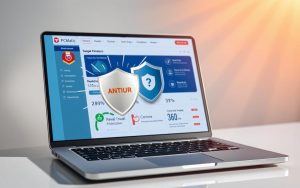Table of Contents
Getting locked out of your device can be frustrating. Whether due to forgotten credentials or system errors, access issues disrupt productivity. Family photos, work documents, and personal files may feel out of reach.
Common triggers include expired passwords, failed updates, or incorrect login attempts. Acting fast helps prevent permanent data loss. Fortunately, multiple recovery options exist for different scenarios.
This guide covers solutions for both remembered and forgotten passwords. Methods range from simple resets to more advanced troubleshooting. Most cases resolve without sacrificing stored information.
For immediate assistance, explore professional Windows recovery techniques. The right approach balances urgency with data protection.
Common Causes of Being Locked Out of Your Windows PC
Technical hiccups can unexpectedly deny access to files. Whether from mistyped credentials or system failures, understanding root causes speeds up recovery.
Entering the Wrong Password Too Many Times
Windows enforces strict security policies. After 3–5 failed attempts, accounts temporarily disable access. This prevents brute-force attacks but frustrates legitimate users.
Check for *Caps Lock* or *NumLock* activation. Simple keyboard mistakes mimic incorrect passwords. A quick toggle might resolve the issue.
Forgotten Password or Technical Glitches
Memory lapses are common. If the password slips your mind, recovery options exist. Microsoft accounts offer online resets, while local ones need alternate methods.
Corrupted screen savers or registry files can falsely trigger lockouts. Rare but disruptive, these require advanced fixes like Safe Mode repairs.
Pro Tip: Regular backups mitigate data loss risks during troubleshooting.
How to Regain Access When You Know Your Password
Login screens may reject valid passwords due to minor system errors. Before panicking, troubleshoot hardware and software conflicts. Simple fixes often restore entry without data loss.
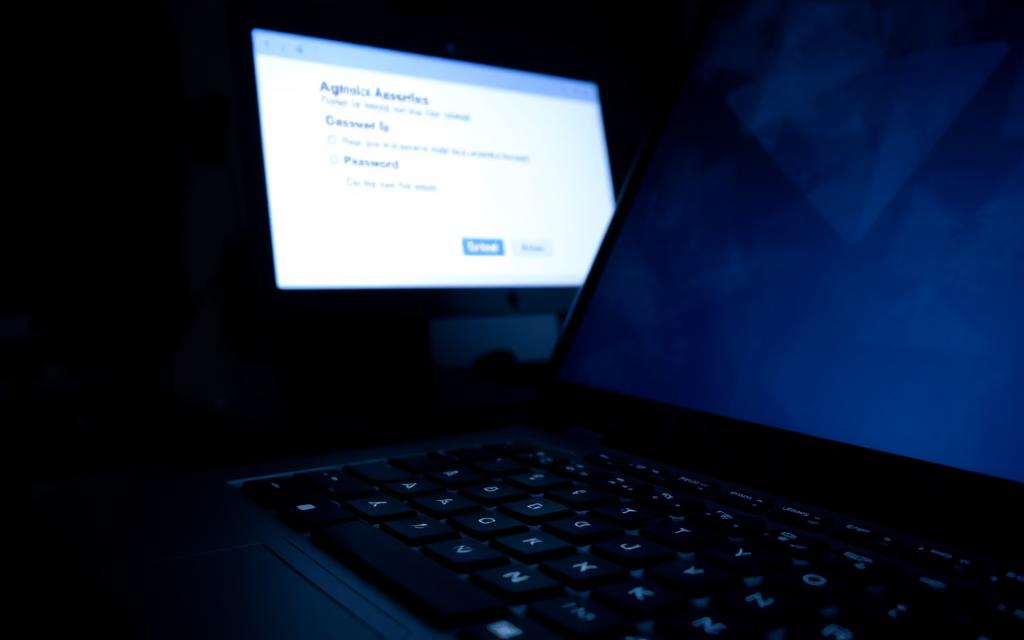
Check Keyboard Functionality and Caps Lock
Test keys in Notepad or WordPad. Type special characters (!@#$%) to confirm responsiveness. Toggle Caps Lock or NumLock—case sensitivity triggers rejections.
For wireless peripherals, replace batteries or reconnect via USB. BIOS/UEFI settings might disable certain inputs. Access firmware settings during startup to verify.
Restart Your Computer and Try Again
Hold Shift while clicking “Restart” to enter recovery mode. This bypasses corrupted profiles or temporary glitches. Safe Mode loads essential drivers, allowing password attempts.
If errors persist, sync Microsoft account passwords online. Navigate to Settings > Accounts > Sign-in options for updates.
“A restart clears cached credentials, resolving 70% of login hurdles.”
How to Unlock a Windows PC Without a Password
Forgetting credentials doesn’t mean losing access forever. Several proven methods bypass login screens while preserving data. Choose the right approach based on account type and urgency.
Logging Into Another Administrator Account
Systems with multiple administrator accounts offer backup access. Use lusrmgr.msc or Command Prompt (net user) to check available profiles. Hidden admin profiles often remain active for emergencies.
Once logged in, reset the primary account’s credentials via Control Panel > User Accounts. This method works best for local setups without domain restrictions.
Using a Password Reset Disk
Pre-created USB drives solve forgotten password issues instantly. Insert the disk at login and follow prompts. This password reset option requires advance preparation but delivers immediate results.
For domain-joined machines, contact IT administrators instead. Corporate policies often disable this feature for security compliance.
Resetting Password with Third-Party Tools
Software like iSunshare Windows Password Genius creates bootable recovery media. These third-party tools modify system files to remove login requirements temporarily.
Always download from verified sources to avoid malware. The process typically involves:
- Creating a bootable USB/DVD
- Booting from the recovery media
- Selecting the target account for reset
Factory Reset (Last Resort)
When other methods fail, reinstalling the OS becomes necessary. Backup critical files first using recovery drives or cloud storage. Factory reset wipes all personal data, returning the device to its original state.
Access this option through installation media or recovery partitions. For detailed steps, consult Microsoft’s administrator unlock guide.
“Password reset disks prevent 90% of permanent lockout scenarios when prepared beforehand.”
Conclusion
Regaining computer access demands strategic troubleshooting. Start with simple restarts before escalating to professional recovery services.
Keep password reset disks updated. These tools bypass login screens instantly, saving time during emergencies.
Avoid daily use of admin accounts. Standard profiles reduce security risks while maintaining full access when needed.
Protect family photos and documents by implementing a two-account system. Balance convenience with safeguards against error triggers.
FAQ
What causes a Windows PC to lock users out?
Common reasons include entering incorrect passwords repeatedly, forgotten credentials, or system errors like corrupted login files.
How can I regain access if I know my password?
Ensure the keyboard works properly, disable Caps Lock, and restart the device before attempting to log in again.
Can I unlock my PC without the password?
Yes, options include signing in with another admin account, using a password reset disk, or employing third-party software for recovery.
What’s the safest way to reset a forgotten password?
A password reset disk is the most secure method. Alternatively, use Microsoft’s account recovery tools for linked accounts.
When should I consider a factory reset?
Only if other methods fail and you’ve backed up critical data. This erases all files and reinstalls the operating system.
Are third-party password tools reliable?
Reputable tools like Ophcrack or PCUnlocker can help, but download them from official sources to avoid malware risks.
How do I prevent future lockouts?
Create a password reset disk, enable biometric login (if available), or sync your Microsoft account for online recovery.


